Thomas Child. Before Beijing: A Rare View of China's Last Dynasty
The wedding portrait of Zeng Jifen and Nie ji Gui, who were only recently identified. The bride is the daughter of Marquis Zeng Guofan, a high-ranking Chinese official during the Qing dynasty. © Thomas Child / Stephan Loewentheil Historical Photography of China Collection / Courtesy of the Sidney Mishkin Gallery.
In May of 1870, Thomas Child was hired by the Imperial Maritime Customs Service to be a gas engineer in Peking (Beijing). The 29-year-old Englishman left behind his wife and three children to become one of roughly 100 foreigners living in the late Qing dynasty's capital, taking his camera along with him. Over the course of the next 20 years, he took some 200 photographs, capturing the earliest comprehensive catalog of the customs, architecture, and people during China's last dynasty.
A photograph showing the section of the Great Wall that includes the Nankou pass leading to Mongolia © Thomas Child / Stephan Loewentheil Historical Photography of China Collection / Courtesy of the Sidney Mishkin Gallery
A photograph of a traditional bridal sedan chair, which would carry a bride to her wedding. The journey in the chair is meant to represent the bride’s transition from one family to another. © Thomas Child / Stephan Loewentheil Historical Photography of China Collection / Courtesy of the Sidney Mishkin Gallery
A view of Spirit Way at the Imperial Tombs outside Peking. The avenue was lined with 24 stone animal figures, 12 standing and 12 recumbent, symbolizing the road leading to heaven. © Thomas Child / Stephan Loewentheil Historical Photography of China Collection / Courtesy of the Sidney Mishkin Gallery.
Left: A view of the Fragrant Hills Pagoda, which was part of the Grand Zongjing Monastery. The pagoda is embellished with glazed tiles of yellow, green, purple, and blue. Right: The 12th century pagoda of Tianning Temple, standing a few miles from the west gate of the city. It is one of the oldest buildings in the capital. Like many other Liao dynasty pagodas, the structure is solid. A sealed underground chamber holds Buddhist relics, statues, and sutras placed when the pagoda was built. © Thomas Child / Stephan Loewentheil Historical Photography of China Collection / Courtesy of the Sidney Mishkin Gallery.
A view of Jade Belt Bridge, which still stands on the grounds of the Summer Palace on the western shore of Kunming Lake. The arched bridge, a traditional Chinese design, permitted passage of the Emperor’s dragon boat. © Thomas Child / Stephan Loewentheil Historical Photography of China Collection / Courtesy of the Sidney Mishkin Gallery.
An image of a "lama," or Tibetan Buddhist monk, and his pupil. Both subjects hold prayer beads and bundles of "sutras," or scripture, in their laps. On the table behind them are bronze sculptures and sacred Tibetan ritual objects, including a skull cup with a bronze Buddha and a statue of Manjusri. This is one of the earliest photographic portraits of a religious figure in Peking. © Thomas Child / Stephan Loewentheil Historical Photography of China Collection / Courtesy of the Sidney Mishkin Gallery.
A view of the Grand Canal, the most important canal in Peking. Throughout the Qing dynasty the waterway was crucial for the transport of grain and other commodities to Peking, connecting northern and southern China. © Thomas Child / Stephan Loewentheil Historical Photography of China Collection / Courtesy of the Sidney Mishkin Gallery.
A view of a bronze instrument at The Imperial Astronomical Observatory. The location is a pretelescopic research center built during the Ming dynasty and expanded during the Qing dynasty. © Thomas Child / Stephan Loewentheil Historical Photography of China Collection / Courtesy of the Sidney Mishkin Gallery.
A view of the terrain 19th-century travelers faced when journeying to the Great Wall of China. During his travels, Child traversed this region with his fragile photographic equipment and glass plate negatives. © Thomas Child / Stephan Loewentheil Historical Photography of China Collection / Courtesy of the Sidney Mishkin Gallery.
A view of a street in Peking. © Thomas Child / Stephan Loewentheil Historical Photography of China Collection / Courtesy of the Sidney Mishkin Gallery.
A view of the Forbidden City from across an imperial moat. This photograph shows 15th and 16th-century Chinese fortification systems which do not exist today. © Thomas Child / Stephan Loewentheil Historical Photography of China Collection / Courtesy of the Sidney Mishkin Gallery.
The front view of Wan Shou Shan, or Longevity Hill, on the grounds of the Summer Palace. © Thomas Child / Stephan Loewentheil Historical Photography of China Collection / Courtesy of the Sidney Mishkin Gallery.
A view of 19th-century travelers and their camels on the Silk Road in China. The Bactrian camels, distinguished by their double humps, were used to "carry coal and lime into the City from the Western Hills, and merchandise between Peking and Mongolia," according to Child. © Thomas Child / Stephan Loewentheil Historical Photography of China Collection / Courtesy of the Sidney Mishkin Gallery.
This is the only known photograph of the grounds of Azure Cloud Temple. The wooden buildings surrounding the diamond throne pagoda were destroyed during the Boxer War. © Thomas Child / Stephan Loewentheil Historical Photography of China Collection / Courtesy of the Sidney Mishkin Gallery.
A view of the memorial arch at the entrance to the Ming Tombs outside of Peking. © Thomas Child / Stephan Loewentheil Historical Photography of China Collection / Courtesy of the Sidney Mishkin Gallery.
A view of a street scene in front of an ornate wooden tobacco shop in the quarter of Peking known as the Chinese City. © Thomas Child / Stephan Loewentheil Historical Photography of China Collection / Courtesy of the Sidney Mishkin Gallery.
A view of the Seventeen Arch Bridge, the largest bridge of any imperial garden, on the grounds of the Summer Palace. This photograph of the bridge includes the Bronze Ox overlooking Kunming Lake. Cast in 1755, the Bronze Ox was positioned on the lake in hope of preventing floods, as the ox is said to possess special power over water. Inscribed on the back of the ox in seal characters—the most ancient form of Chinese script—is the famous ode "Inscription on the Golden Ox" by the Emperor Qianlong. © Thomas Child / Stephan Loewentheil Historical Photography of China Collection / Courtesy of the Sidney Mishkin Gallery.
A view of the Zongli Yamen, the Qing government’s Foreign Office. Established by Prince Gong in 1861, it served as a bureaucratic agency dealing with the requests of foreign ministers to China from Peking’s diplomatic quarter. © Thomas Child / Stephan Loewentheil Historical Photography of China Collection / Courtesy of the Sidney Mishkin Gallery.

/https%3A%2F%2Fprofilepics.canalblog.com%2Fprofilepics%2F1%2F0%2F100183.jpg)
/https%3A%2F%2Fstorage.canalblog.com%2F03%2F02%2F119589%2F96711876_o.jpg)
/https%3A%2F%2Fstorage.canalblog.com%2F11%2F31%2F119589%2F94773502_o.jpg)
/https%3A%2F%2Fstorage.canalblog.com%2F20%2F83%2F119589%2F94772815_o.jpg)
/https%3A%2F%2Fstorage.canalblog.com%2F26%2F72%2F119589%2F75604929_o.jpg)
/https%3A%2F%2Fstorage.canalblog.com%2F59%2F60%2F119589%2F26458628_o.jpg)
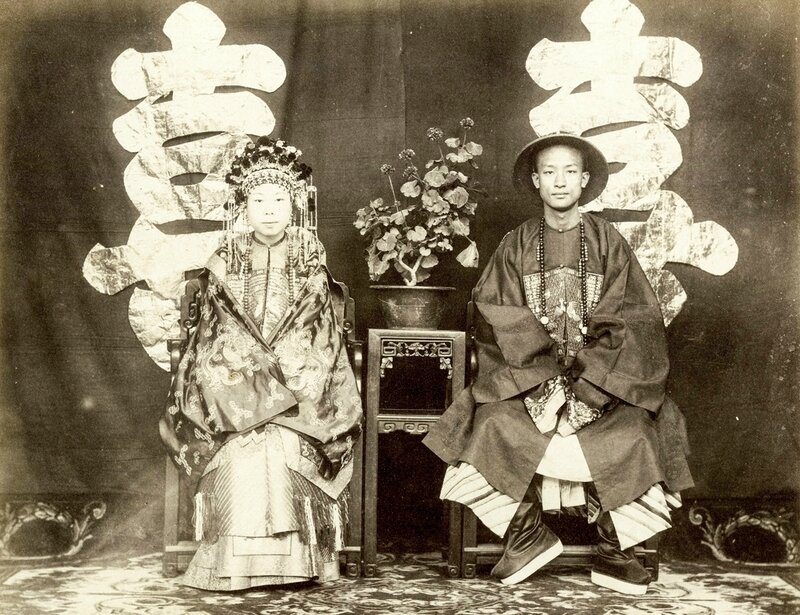

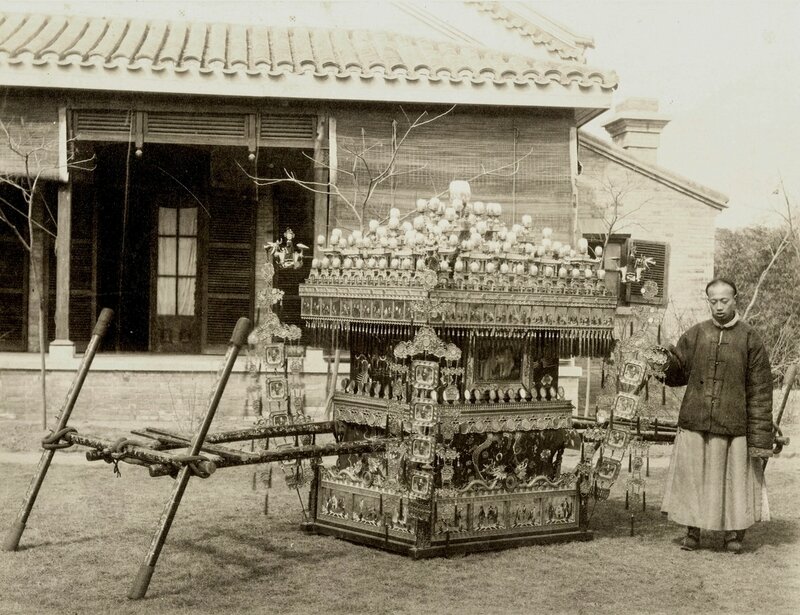



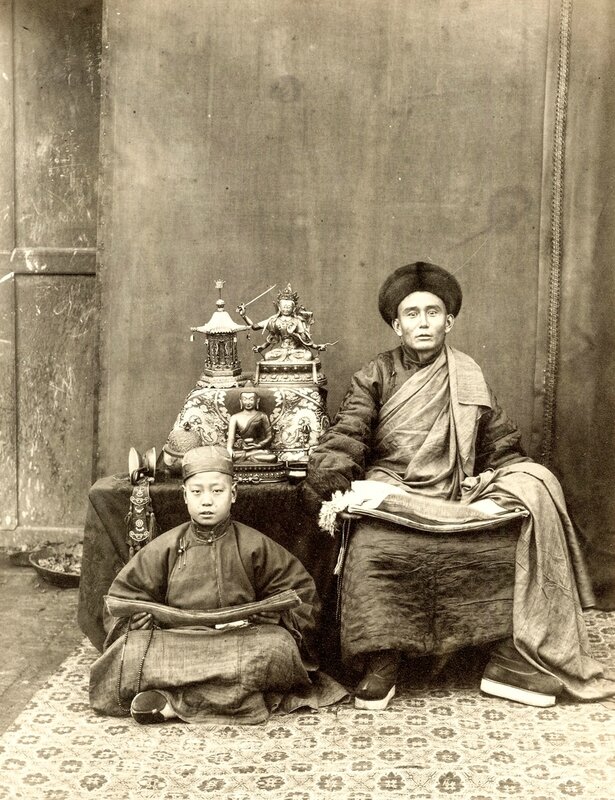




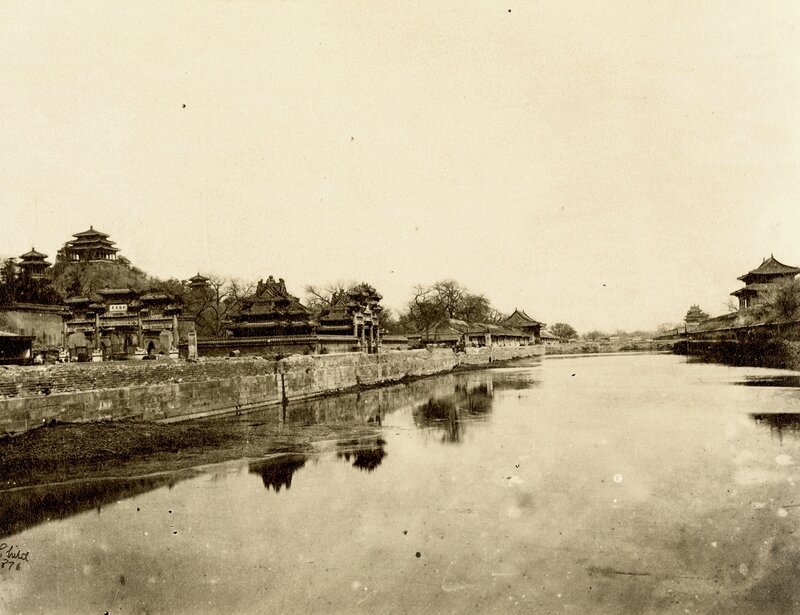
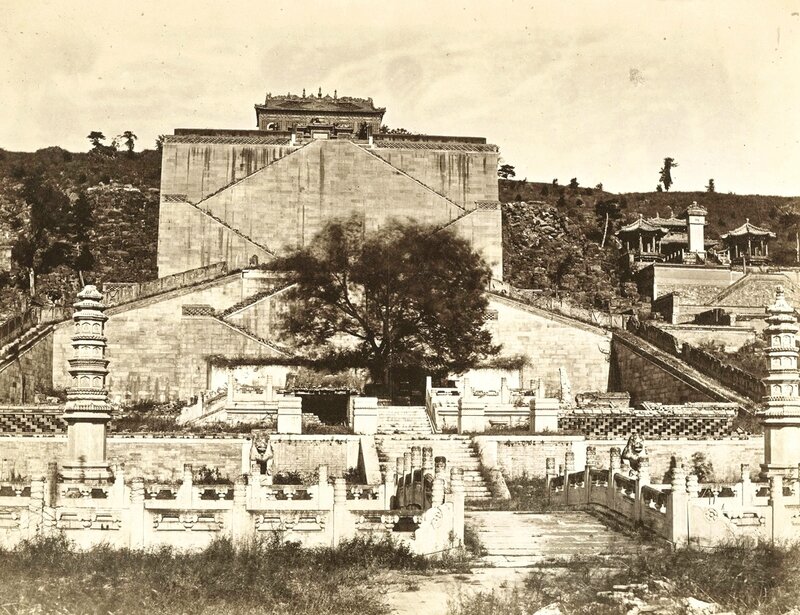

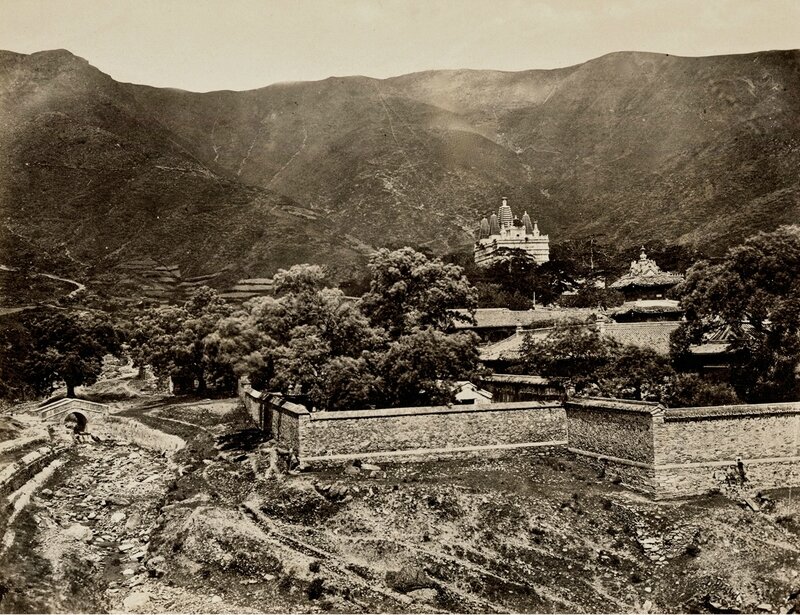
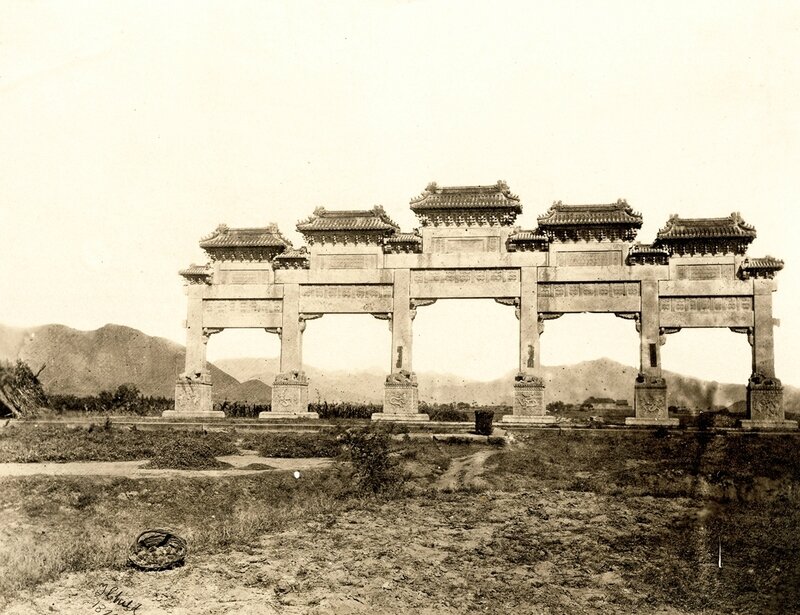


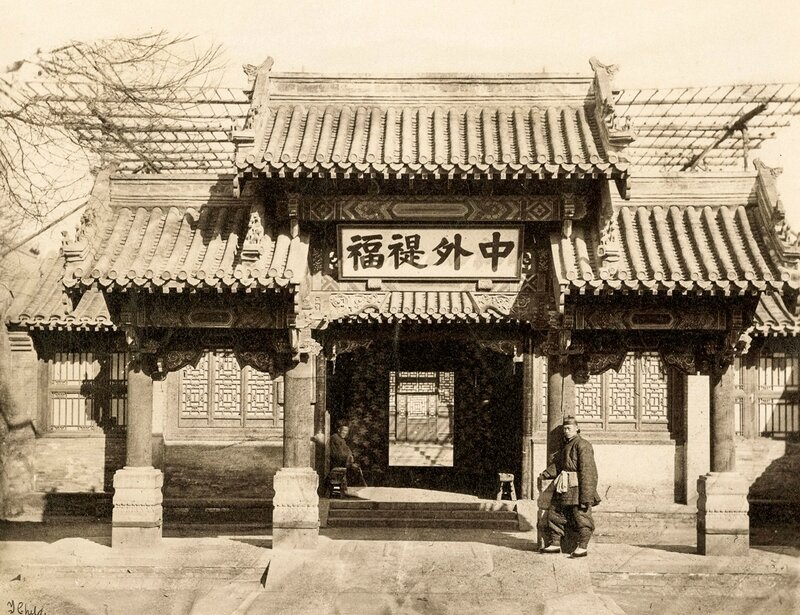


/image%2F1371349%2F20240418%2Fob_ac5c4c_telechargement.jpg)
/image%2F1371349%2F20240418%2Fob_709b64_304-1.jpg)
/image%2F1371349%2F20240418%2Fob_22f67e_303-1.jpg)
/image%2F1371349%2F20240417%2Fob_9708e8_telechargement.jpg)